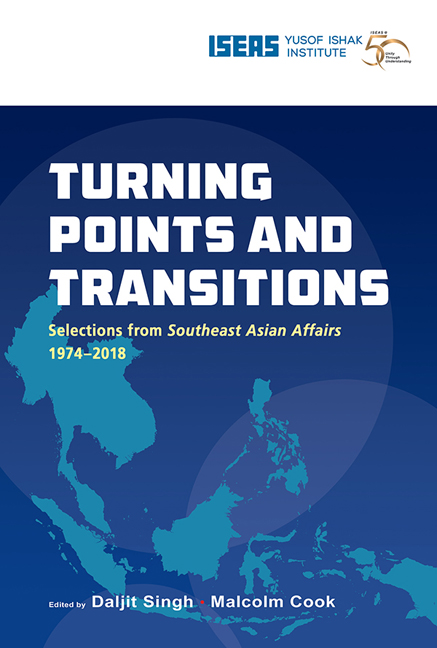Laos: Coping with Confinement (1982)
from LAOS
Published online by Cambridge University Press: 29 May 2019
Summary
Leadership
In 1981, the Lao People's Democratic Republic (LPDR) was led by the same small, cohesive band of revolutionaries who had directed the Pathet Lao since 1949, the year that the latter had split from the Lao Issarak (Lao Freedom Movement). A contingent of leaders, including Souphanouvong, Phoumi Vongvichit, and Phoune Sipraseut, had emerged in 1973 from their mountain redoubt in Sam Neua Province to accept ministries in the coalition government established by the Vientiane Agreement (an outgrowth of the Paris Agreement concluding the war in Indochina). In 1975, a second contingent of leaders — which included the number one and two men in the Lao People's Revolutionary Party (LPRP), Kaysone Phomvihane and Nouhak Phomsivan — descended to Vientiane. It was at this point that, following the collapse of the non-communist regimes in Saigon and Phnom Penh, the LPRP moved to consolidate its power, without violence.
A Politburo of seven members (Khamthay Siphandone and Sisomphon Lovansay, in addition to the five leaders mentioned above) and a 33-member Central Committee constitute the core of the party leadership. One striking characteristic of this leadership is that it is overwhelmingly Lao Loum (Lowland Lao). Only one alternate member of the Central Committee, Nhiavu Lobaliayo, is a Hmong (or Lao Soung) and perhaps one or two are Lao Theung. The paucity of minority representation in the LPRP leadership is significant in a country whose estimated 3.2 million population is divided between about 50% lowland Lao and 50% highland tribes. For two decades of their revolutionary struggle, the LPRP had its base in the mountain regions ofLaos, and after 1964 it controlled most of the mountain area, which constitutes almost two-thirds of the country's land. Many analysts assumed from this that the Lao Communist movement had tribal representatives among its top leadership, an assumption clearly put in question when the Party revealed its leadership lists.
The contradiction between LPRP claims of ethnic egalitarianism and the limited representation of tribal minorities in the policy-making levels of the Party has several possible explanations. The communist leaders, like their Royal Lao Government (RLG) predecessors, have been nurtured in an environment in which the lowland Lao feel a sense of superiority toward the highlanders and they are little inclined to take them into the highest circles of command.
- Type
- Chapter
- Information
- Turning Points and TransitionsSelections from Southeast Asian Affairs 1974-2018, pp. 363 - 383Publisher: ISEAS–Yusof Ishak InstitutePrint publication year: 2018

